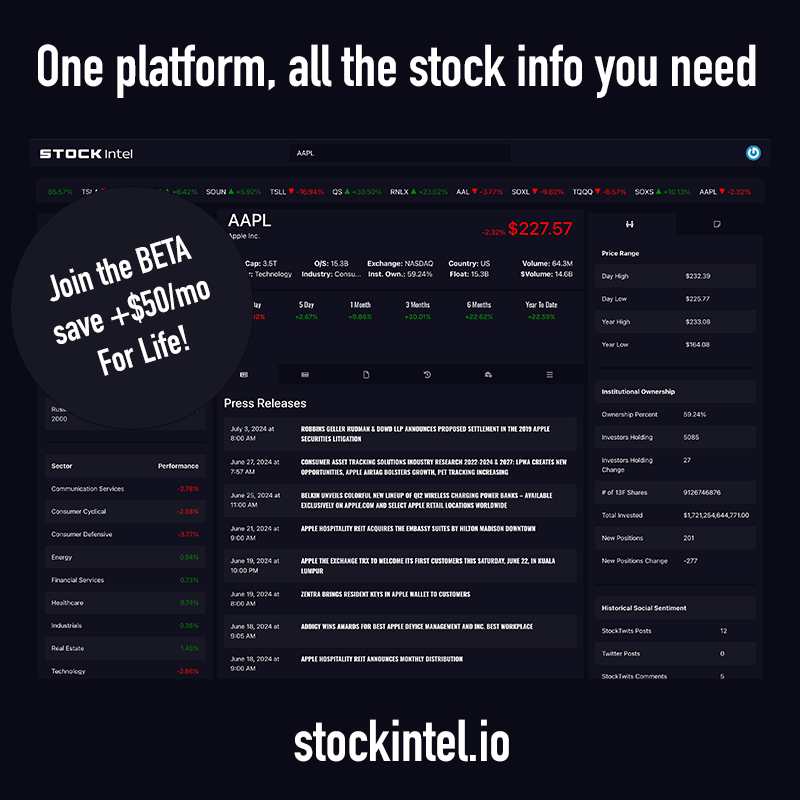Derived Demand refers to the demand for a product or service that arises not because of the direct need for that product or service itself, but because of the demand for another product or service that it helps produce or support. In other words, the demand for one good or service is derived from the demand for another good or service.
Key Aspects of Derived Demand:
- Relationship to Final Goods: Derived Demand typically relates to intermediate goods or inputs that are necessary for the production of final goods or services. For example, the demand for steel is a Derived Demand because steel is required to manufacture cars, buildings, and machinery. The demand for steel exists because there is a demand for these end products.
- Examples in Different Industries:
- Labor Market: The demand for labor is often a Derived Demand. For instance, if there is a high demand for houses, the demand for construction workers will increase because labor is needed to build the houses.
- Raw Materials: The demand for raw materials like cotton, wood, or oil is often derived from the demand for the products that use these materials, such as clothing, furniture, and gasoline.
- Impact on Supply Chains: Derived Demand plays a critical role in supply chain management. Companies producing intermediate goods must anticipate demand based on the demand for final goods. For example, a tire manufacturer needs to anticipate the demand for tires based on the demand for cars.
- Economic Implications: Derived Demand can lead to fluctuations in various markets. For example, if the demand for cars suddenly drops, the Derived Demand for related inputs like steel, rubber, and labor in the automobile industry will also decline, affecting those sectors.
- Pricing and Production Decisions: Businesses must consider Derived Demand when making pricing and production decisions. For instance, a company producing microchips will base its production levels on the anticipated demand for electronic devices that require those chips.
In summary, Derived Demand is a fundamental concept in economics that highlights the interconnectedness of different markets and industries. The demand for inputs or intermediate goods is driven by the demand for the final products they help create, making it an essential factor in economic planning and business strategy.







